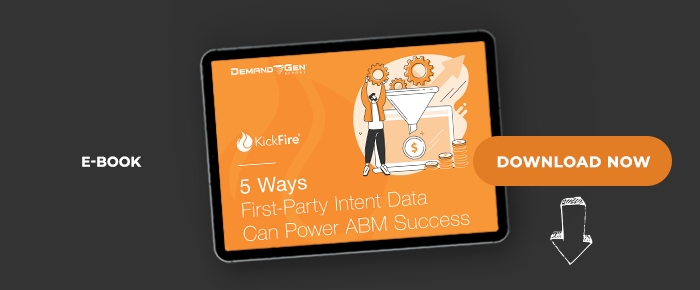Most B2B marketers’ arsenals rely on third-party intent data, but the growing privacy restrictions affecting third-party cookies are forcing marketers to rethink the use of these popular tracking tools. Savvy marketers are recognizing the untapped potential of first-party intent data as a replacement for traditional tracking methods.
First-party intent data is unique because it’s proprietary to the organization that harvests it from its prospects. This in-house data collection technique enables companies to have total control over the data and target specific accounts with tailored messaging. Coupled with the new privacy restrictions web browsers are implementing, it seems like a no-brainer for companies to increase reliance on — or get started with — this data set.
As we dive deeper into the world of first-party intent data, we’ll discuss:
- The nuances of first-party intent data;
- The differences between first- and third-party intent data, and the uses of each;
- The regulations web browsers are implementing to restrict third-party data collection;
- Five key ways intent data can supercharge sales and marketing efforts; and
- What to look for in a first-party intent data provider.






